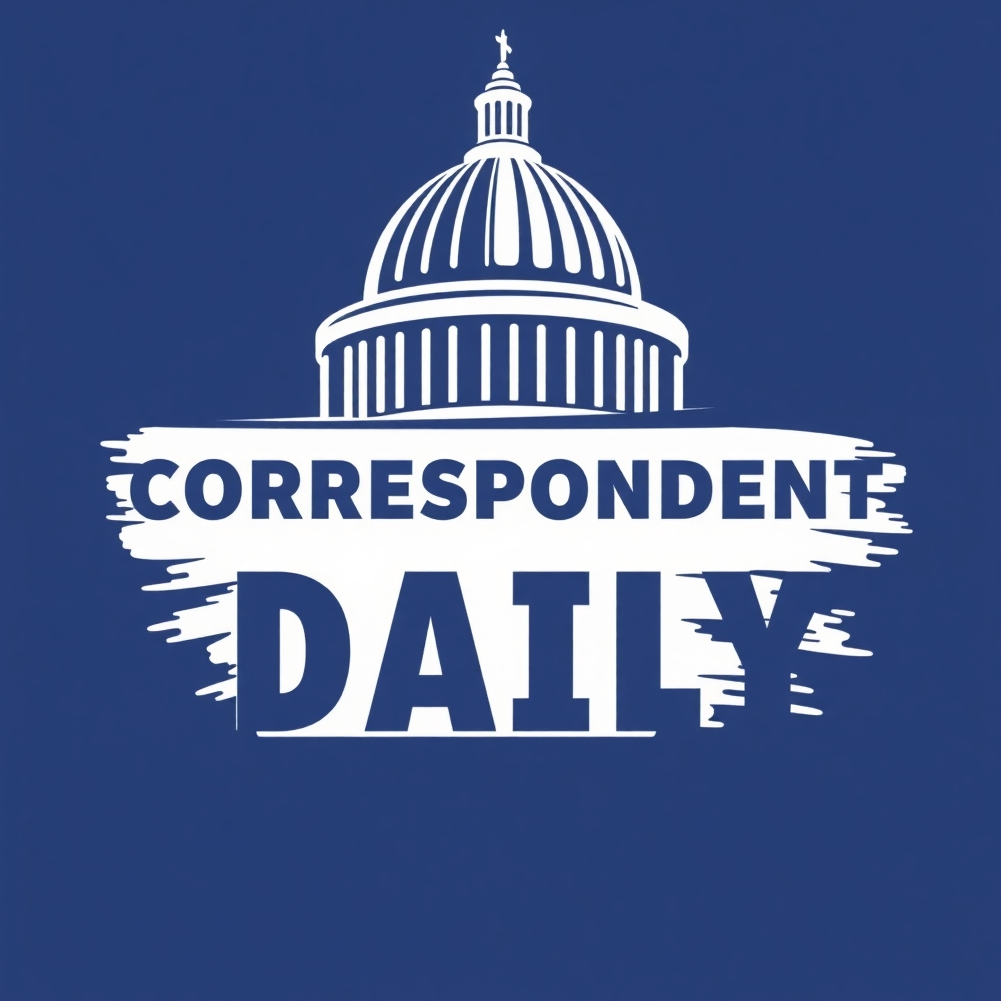
The Hidden Costs of Marble Politics in the Fed's Renovation
While the renovation of the Federal Reserve Board Building, a significant shift initiated during Trump's tenure, aims to modernize an architectural icon, it also unveils deeper contradictions between the administration's economic critiques and the decisions made under its watch. The use of marble, a choice met with skepticism from economic analysts and Fed fans alike, raises questions about fiscal conservatism and political motivations.
The Marble Dilemma: Aesthetic versus Economics
When the renovation of the Fed's historic headquarters was initially proposed, it was met with a mix of enthusiasm and criticism. The idea was to modernize and reflect the institution's transparency, with architects advocating for a glass facade that would visually reinforce the notion of openness. However, Trump appointees recommended a more classical composition, requesting extensive use of 'white Georgia marble.' This decision, which on the surface appears merely about aesthetics, feeds into the broader narrative that the Trump administration often emphasized tradition over contemporary needs.
According to minutes from the Commission of Fine Arts, where the debate over designs took place, this emphasis on marble comes with a hefty price tag not easily justified by the project initially estimated to cost $1.9 billion. As costs ballooned to approximately $2.5 billion, the marble—or rather, the political decisions surrounding it—symbolizes the tension at the heart of fiscal policy and accountability.
Conflicting Interests: A Study in Contradictions
As President Biden's administration now attempts to leverage the renovation's costs against Jerome Powell, the Fed Chair, critics point out the irony. It was Trump, under whose influence the marble decorations proliferated, who initially set the wheels in motion for the very opulence now cited as exorbitant spending. An insightful comment from Alex Krieger, a Harvard University professor who contributed to the commission, suggests that the added marble could further inflate costs, inadvertently establishing a narrative of unnecessary extravagance.
This paradox leads us to question the motivations guiding such aesthetic choices—was it truly about preserving the Fed’s historic integrity, or a misguided insistence on projecting a certain image of power? When considering the implications of these decisions, one must ask who really benefits from this lavish marble? Certainly not the average American concerned about inflation and rising interest rates during economic uncertainty.
Political Implications: Attempted Control Over the Fed
It is clear that the marble controversy serves a dual purpose. On one hand, it provides an authentic backlash against the Fed's actions and raises awareness about the political machinations occurring beneath the surface. On the other hand, it could represent a long-term strategy to undermine the institution's independence. Trump's ongoing dispute with Powell, often over interest rate decisions, now finds new footing with visual symbolism wrapped around marble.
The idea of controlling the messaging and narrative surrounding the Fed’s renovations is critical. Given the ongoing debates about the Fed's role in the economy, this controversy could be more than just financial mismanagement; it could signal a broader movement to reshape perceptions of monetary authority on a national scale.
Real Economic Consequences and Transparency Issues
The Fed, as an institution, relies heavily on its perception of transparency to maintain credibility. As we flirt with costs reaching upwards of billions—partly due to the marble preferences of three appointees—questions about the credibility of the Fed in accomplishing its mission arise. Public trust can easily erode over aesthetic choices perceived merely as superficial.
The ongoing discussions about Fed financing now intertwine with societal expectations and experiential realities of citizens facing a complex economic landscape. Structural decisions like the marble incident highlight the divide between governmental fiscal practices and accountability, ultimately shaping U.S. economic discourse in critical ways.
Conclusion: Time For Reflection?
With the inputs from Trump’s time in the White House still resonating, it’s crucial for policymakers and citizens alike to reflect on the implications of these aesthetic choices, especially as they pertain to significant public institutions. As the renovation continues, so should the conversation about the values and priorities that define U.S. monetary policy. Are we enshrining tradition in a way that hinders the progress that’s so desperately needed? How does this impact the average American when discussing financial independence and accountability? It’s vital to engage in these conversations not just to scrutinize the costs tied to marble but to evaluate the narrative around U.S. economic policy moving forward.
 Add Row
Add Row  Add
Add 




Write A Comment